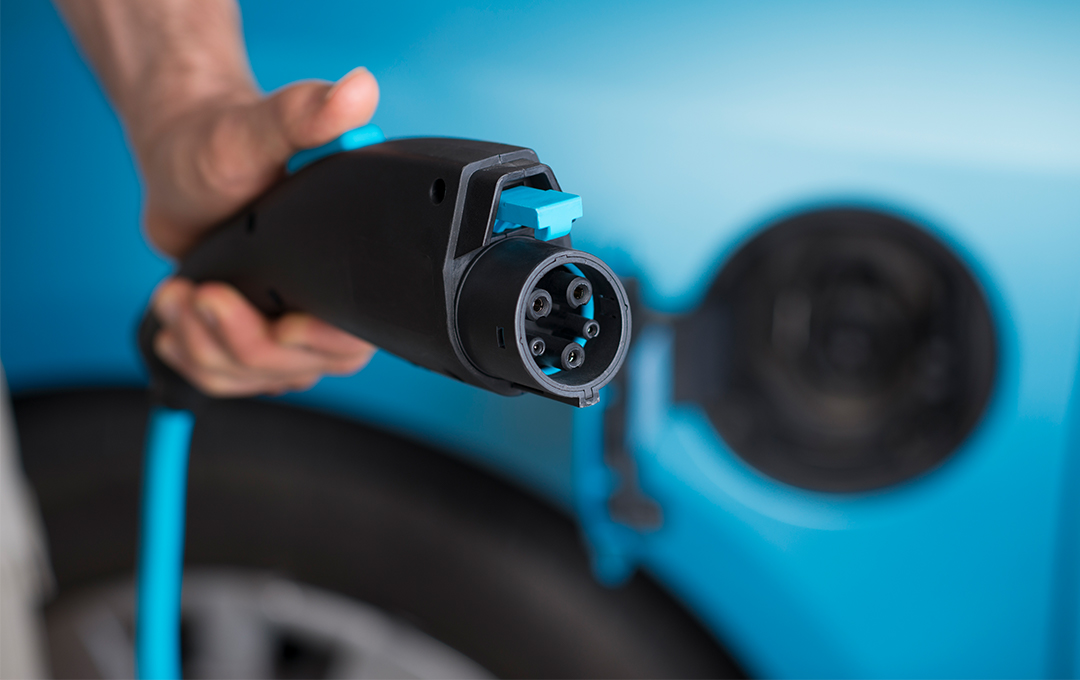

Index Terms-Battery management system, energy storage unit, photovoltaic, plug-in hybrid electric vehicle, smart grid. A unique control strategy based on DC link voltage sensing is proposed for the above system for efficient transfer of energy. The output of DC/DC boost converter and input of DC/AC bi-directional converter share a common DC link. The system designed to achieve the desired objective consists of a photovoltaic system, DC/DC boost converter, DC/AC bi-directional converter and DC/DC buck converter. The three way interaction between the PV, PHEVs and the grid ensures optimal usage of available power, charging time and grid stability. The power needed to charge the plug in hybrids comes from grid-connected photovoltaic (PV) generation or the utility or both. A smart charging station is proposed in which the charging of the PHEVs is controlled in such a way that the impact of charging during peak load period is not felt on the grid. With the proliferation in the number of PHEVs the demand on the electric grid increases appreciably. However, during cloud transients, the application of PHEVs storage systems is necessary to alleviate the feeder voltage flicker. The results show that the reactive power compensation of PV interface inverter enhances the feeder voltage profile during full cloudy skies.


Actual transformer tap changer and time series data of solar irradiance based on 5-s intervals are used to study the impact of PV power variations on a 33-bus radial distribution feeder. The developed control strategy uses fuzzy method to operate with bidirectional interface inverter. The advantage of the proposed control method is that the severe voltage transients are avoided in power networks. When a PV power generation fluctuates because of fast cloud transients, the developed controller allows PHEVs batteries to compensate for the PV power variations. In a normal PV power generation, the batteries of PHEVs are set in the controlled charging mode. A control strategy for the battery of a plug-in hybrid electric vehicle (PHEV) to mitigate the voltage fluctuation of a distribution system fed by photovoltaic (PV) power generation is presented in this paper.


 0 kommentar(er)
0 kommentar(er)
